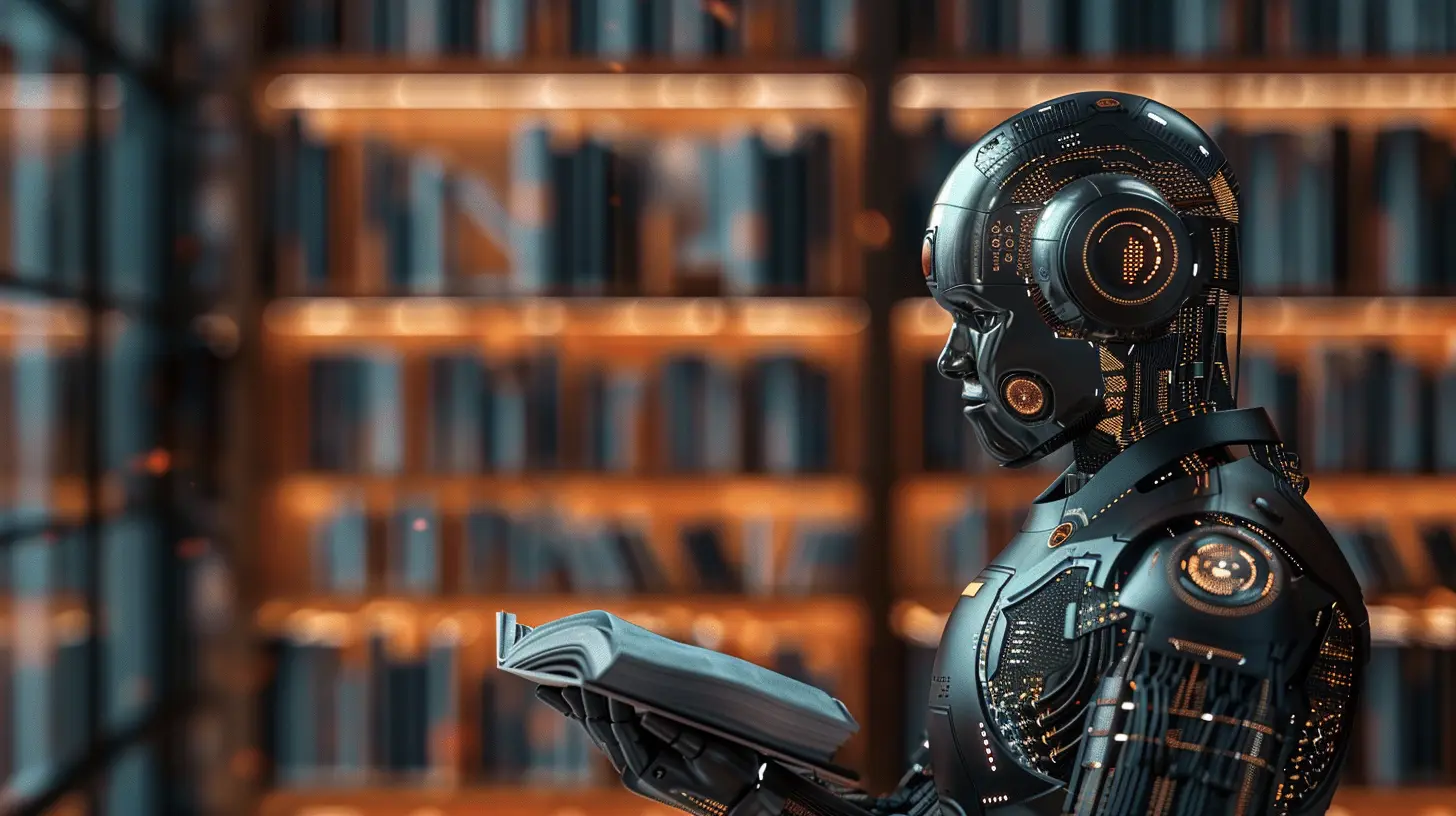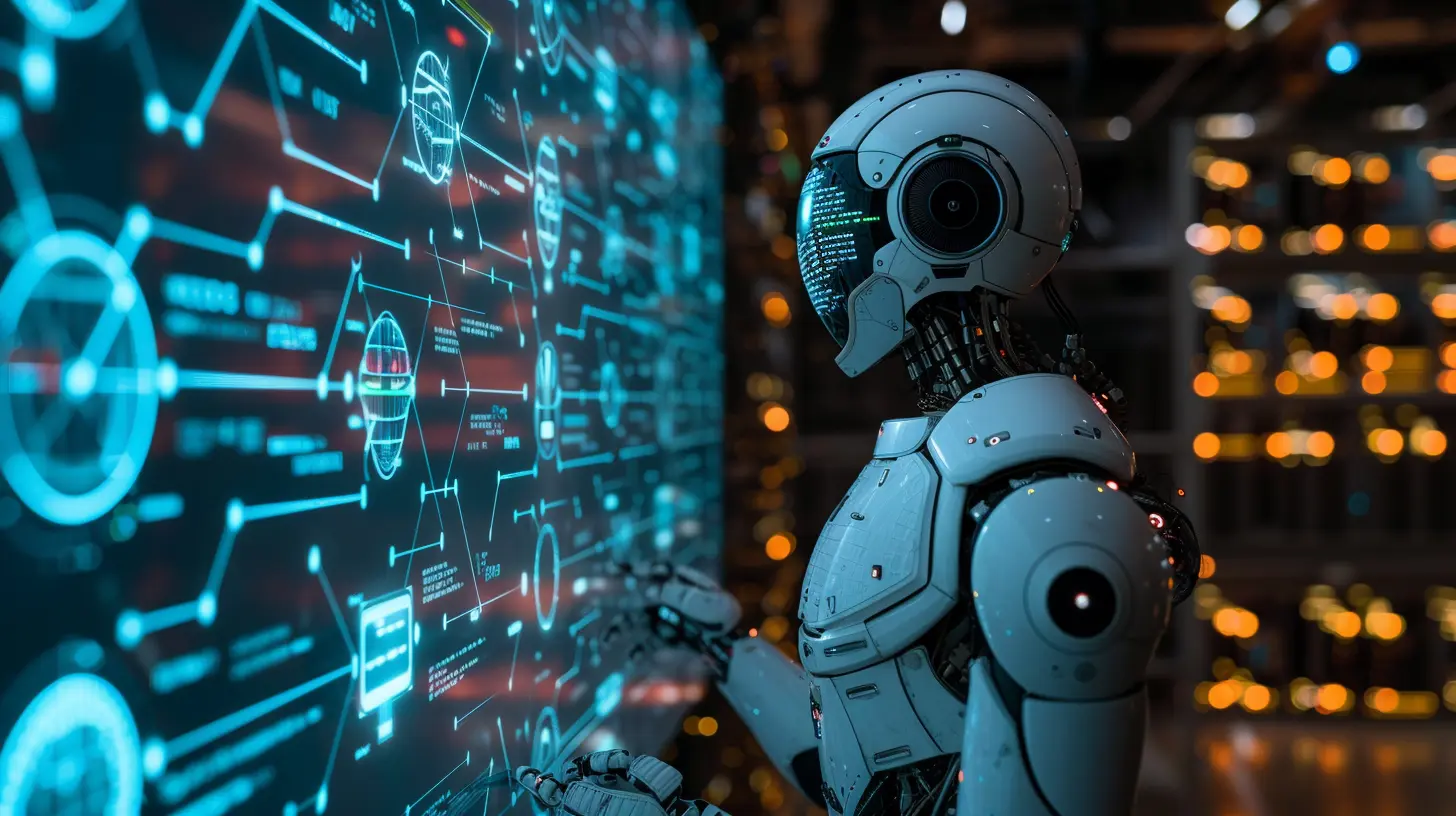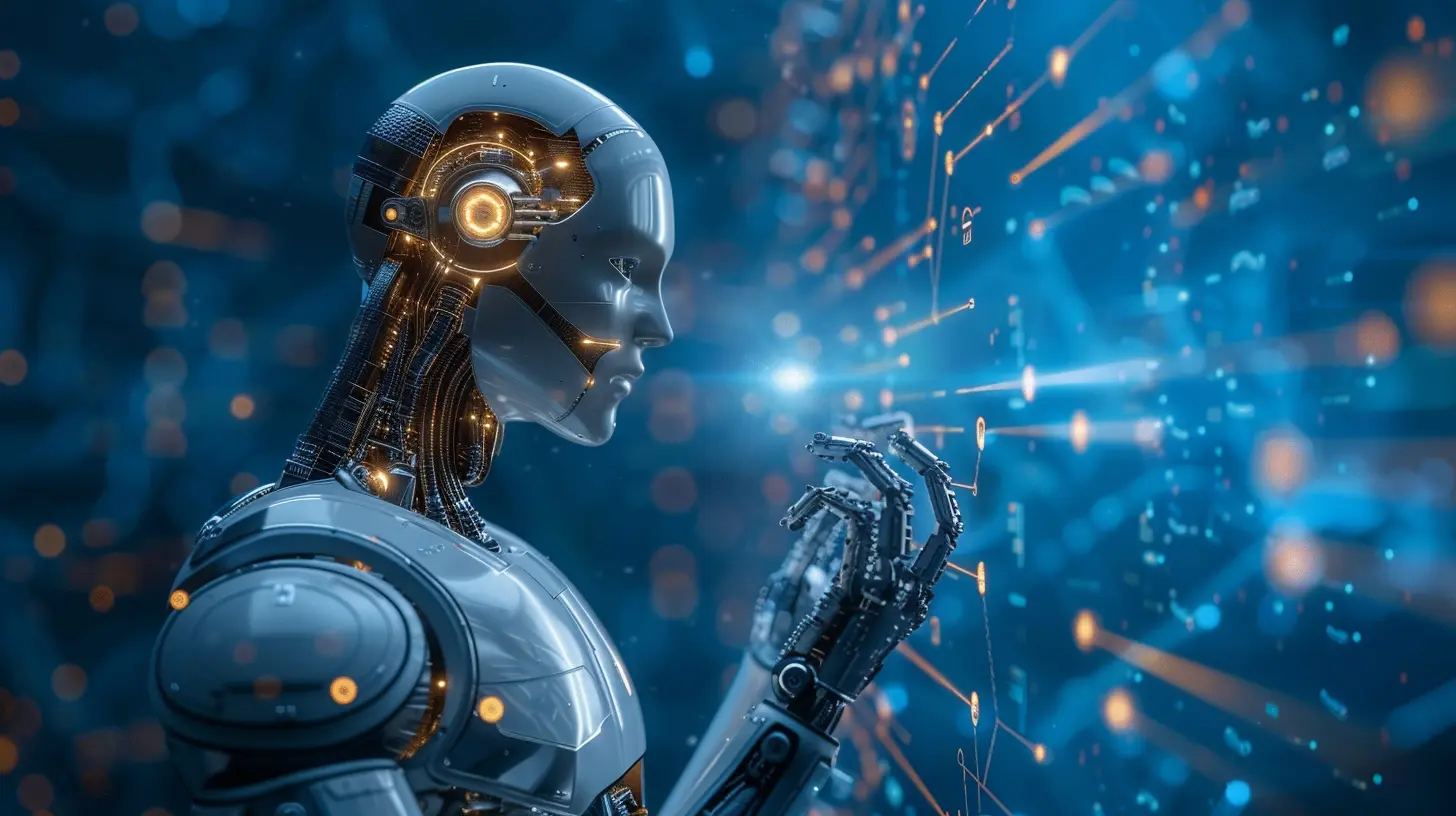The Role of Artificial Intelligence in Distance Education
11 June 2025
Distance education has taken the academic world by storm, and let’s be honest—it’s not just a passing trend. With the rise of online learning, artificial intelligence (AI) has stepped in as a game-changer. Long gone are the days when distance learning simply meant watching recorded lectures. Today, AI is reshaping how students learn, interact, and even how teachers assess progress.
But what exactly does AI bring to the table? How is it transforming the online learning experience? Let’s dive deep into the impact of AI on distance education.

The Evolution of Distance Education
Before we jump into AI’s role, it’s crucial to understand how distance learning has evolved.Back in the day, correspondence courses were the norm. Students received materials through mail, completed assignments, and sent them back. Fast forward to the internet boom, and online learning platforms like Coursera, Udemy, and edX emerged, making education more accessible.
But accessibility wasn’t enough. The real challenge? Keeping students engaged and providing personalized learning experiences. And this is where AI stepped in.

How AI is Reshaping Distance Education
AI isn't just some fancy buzzword—it’s actually making a difference. Here’s how:1. Personalized Learning Paths
One-size-fits-all learning models? Those are ancient history. AI analyzes student data—learning preferences, pace, strengths, and weaknesses—to create customized learning paths.Think of it like Netflix recommendations, but for education. Just as Netflix suggests movies based on your watch history, AI-driven platforms suggest courses, modules, or extra exercises based on your learning patterns.
With adaptive learning systems like Knewton and Coursera’s AI-driven recommendations, students no longer have to struggle through irrelevant material. Instead, they get exactly what they need, when they need it.
2. AI-Powered Tutoring and Assistance
Ever been stuck on a complicated topic at 2 AM with no tutor available? AI has solved that problem.Chatbots and virtual tutors powered by AI can provide instant answers and explanations. Tools like Socratic (by Google) and IBM Watson Tutor analyze student queries and provide real-time assistance, making learning smoother and more interactive.
These AI-driven tutors don’t just provide answers; they help students understand concepts better by breaking them down in simpler terms—just like a human tutor would.
3. Automated Grading and Feedback
Teachers often spend hours grading assignments and providing feedback. AI is changing that by automating evaluations, saving educators time while ensuring quick feedback for students.Platforms like Turnitin and Gradescope use AI to assess essays, detect plagiarism, and even provide insights into areas that need improvement. This means students get immediate feedback, allowing them to enhance their understanding without waiting for days.
4. Enhanced Engagement Through AI
Let’s face it—online courses can sometimes feel dull. Without proper engagement, students lose interest and drop out. AI is tackling this issue head-on.By analyzing student behavior, AI can predict when learners might disengage and intervene with interactive content, gamification, and motivational nudges. Platforms like Duolingo use AI to adjust difficulty levels and keep learners hooked through challenges and rewards.
Imagine an AI-powered learning assistant that recognizes when you’re losing focus and prompts interactive exercises or quizzes to keep you engaged—sounds like a win, right?
5. Smart Content Generation
AI isn't just improving existing content; it's also creating new educational materials.Using machine learning, AI can generate summaries, quizzes, and even detailed lesson plans based on learning objectives. OpenAI’s GPT-powered tools can help educators create engaging content without spending countless hours doing it manually.
With AI-generated study guides, interactive simulations, and dynamic course materials, learning becomes more immersive and effective.
6. Bridging the Communication Gap
Distance education often lacks the personal connection of traditional classrooms. AI is working to bridge this gap.AI-driven platforms facilitate better communication between students and teachers. Tools like Grammarly and AI-driven language processing help students articulate their thoughts more clearly, while AI-powered transcription services provide real-time captions for online lectures, making them more accessible.
For students with disabilities, AI-powered accessibility tools like speech-to-text and screen readers allow for a more inclusive learning experience.
7. Predictive Analytics for Improved Learning Outcomes
Wouldn't it be great if educators could identify students struggling with a subject before they fail? AI makes that possible.By analyzing student performance data, AI can predict who might be at risk of dropping out or failing a course. Institutions can then intervene early, providing additional mentoring or resources to help these students succeed.
AI-driven insights help teachers make informed decisions, ensuring every student gets the support they need to excel.

Challenges of AI in Distance Education
Of course, it’s not all sunshine and rainbows. AI in distance education comes with its own set of challenges.1. Data Privacy Concerns
With AI collecting massive amounts of student data, privacy becomes a major concern. Who owns this data? How is it protected? These are questions that need serious consideration.2. Dependence on Technology
Not every student has access to high-speed internet or advanced devices. Over-reliance on AI-driven education can widen the digital divide, leaving behind students in underprivileged regions.3. Lack of Human Interaction
AI tutors and chatbots are great, but they can’t replace the emotional intelligence and empathy of human educators. A balance between AI-driven learning and human mentorship is essential.4. Ethical Concerns with AI Bias
AI systems are only as unbiased as the data they’re trained on. If the training data has biases, the AI can inadvertently reinforce inequalities in education.
The Future of AI in Distance Learning
Looking ahead, AI’s role in education will only grow stronger. From AI-driven virtual reality classrooms to emotion-recognition-based engagement tracking, the future looks exciting.Imagine AI-powered personal mentors that not only tailor your education but also adapt based on your emotions, energy levels, and attention span. That’s the direction we’re heading.
But to truly harness AI’s potential, we need to strike a balance—leveraging technology while ensuring ethical practices, inclusiveness, and human touch in education.
Final Thoughts
AI in distance education is not just a futuristic dream—it’s happening right now. With personalized learning, automated grading, AI tutors, and predictive analytics, distance learning is becoming more efficient and engaging.Of course, challenges remain, but with the right policies and ethical considerations, AI can revolutionize education and make learning more accessible to everyone, everywhere.
So, whether you’re a student, educator, or just someone curious about AI’s impact, one thing is clear—AI is here to stay, and it’s transforming the way we learn.
all images in this post were generated using AI tools
Category:
Distance EducationAuthor:

Madeleine Newton
Discussion
rate this article
2 comments
Ardyn Hall
This article effectively highlights the transformative impact of artificial intelligence on distance education. AI enhances personalized learning experiences, improves accessibility, and streamlines administrative tasks, making education more efficient and engaging. As technology continues to evolve, it's crucial to embrace these innovations to create a more inclusive and effective learning environment for all students.
June 16, 2025 at 12:12 PM

Madeleine Newton
Thank you for your insightful comment! I appreciate your recognition of AI's potential in enhancing personalized learning and improving accessibility in distance education. Embracing these advancements is indeed vital for creating a more inclusive learning experience.
Mariana Blevins
This article insightful highlights AI's transformative potential in enhancing personalized learning experiences and optimizing educational resources in distance education. Great read!
June 16, 2025 at 2:20 AM

Madeleine Newton
Thank you for your kind words! I'm glad you found the article insightful. AI truly has the potential to revolutionize distance education.


